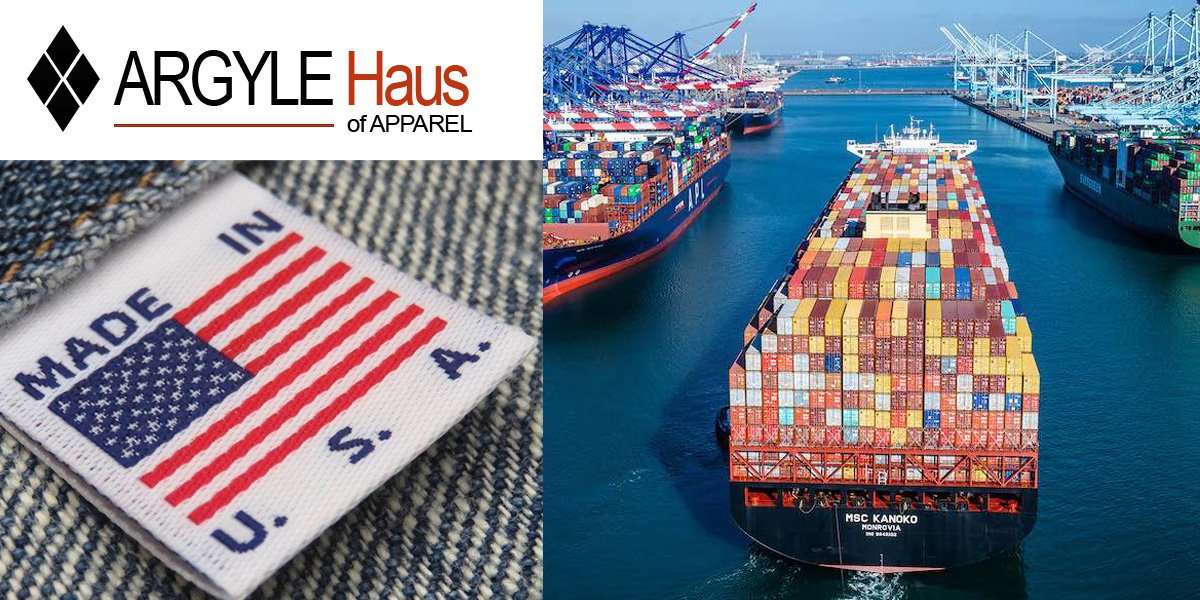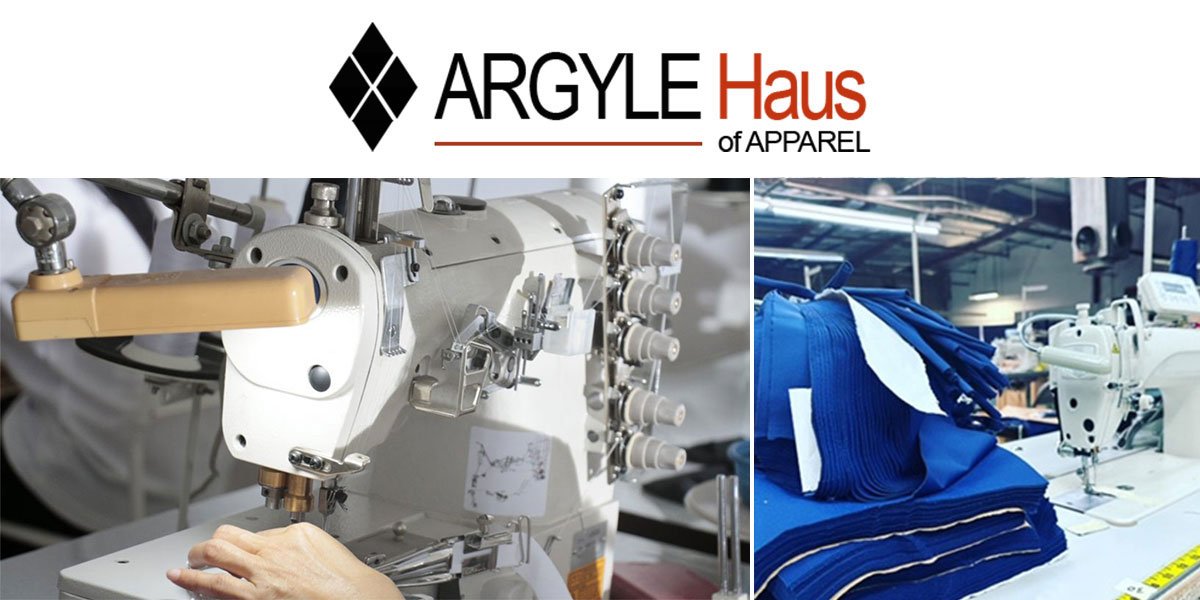By Houman Salem
CEO | ARGYLE Haus of Apparel
Executive Summary: The landscape of apparel manufacturing in the United States has experienced a remarkable transformation over the last two decades, marked by technological advancements, shifting economic dynamics, and a renewed focus on sustainability. The year 2040 witnesses a distinct shift in the industry, characterized by a balanced blend of innovation, localism, and ethical production practices. This report provides a succinct overview of the state of apparel manufacturing in the United States by 2040.

1. Sustainable Fashion Revolution: By 2040, sustainable practices have become intrinsic to every facet of the fashion industry. Ethical sourcing, responsible production, and circular economy models have not only become mainstream but are mandated by stringent regulations. Brands now vie to achieve carbon neutrality, zero-waste manufacturing, and reduced water consumption. Consumers prioritize eco-friendly options, prompting the proliferation of upcycled, biodegradable, and organic materials.
2. Technological Augmentation: Technological innovations have revolutionized the design, production, and retail aspects of fashion. 3D printing has enabled customizable, on-demand creations, reducing waste and transportation emissions. Virtual and augmented reality offer immersive shopping experiences, blurring the lines between physical and digital retail spaces. Artificial intelligence and data analytics drive personalized fashion recommendations, enhancing customer engagement.
3. Sustainable and Local Production: Sustainability is a core pillar of the apparel manufacturing industry in 2040. Consumers’ heightened awareness of environmental and ethical concerns has led to a significant shift towards local and sustainable production practices. Circular economy principles, including garment recycling and upcycling, are widely adopted, minimizing the industry’s environmental footprint. Localized manufacturing hubs have emerged, promoting job creation and reducing the need for long-distance transportation.
4. Customization and On-Demand Production: The demand for personalized and unique apparel has driven the proliferation of on-demand manufacturing. Customization technologies enable consumers to design their garments, choosing fabrics, styles, and sizes to suit their preferences. This shift has reduced overproduction and inventory waste, contributing to a more sustainable and consumer-centric industry.
5. Skilled Workforce and Craftsmanship: The resurgence of domestic manufacturing has led to a renewed emphasis on skilled craftsmanship. Artisans and skilled workers play a pivotal role in producing high-quality, bespoke garments that cater to niche markets. The industry embraces diversity and inclusivity, fostering an environment where traditional craftsmanship and innovative design converge.
6. Diversity and Inclusion: The industry has made remarkable strides in embracing diversity and fostering inclusivity. A wide array of body types, ethnicities, and genders are authentically represented in advertising campaigns, runway shows, and design inspirations. Social movements have catalyzed an industry-wide commitment to equitable hiring practices and fair wages, leading to a more representative and empowered workforce.
7. Global Collaboration and Sourcing: Globalization has evolved into a harmonious collaboration, where fashion industry stakeholders across continents work collectively to leverage each other’s strengths. Cross-border partnerships have facilitated cultural exchange, resulting in innovative fusion designs. Sustainable materials are sourced from around the world, bolstering local economies and reducing the industry’s ecological footprint.
8. Fashion and Technology Synergy: The convergence of fashion and technology has given rise to “smart textiles” that seamlessly integrate wearable tech. Fabrics now monitor health metrics, adjust to environmental conditions, and communicate with other devices. These advancements have led to a new era of functional fashion, enhancing consumer lifestyles and driving demand for innovative creations.
9. Retail Renaissance: The retail landscape has undergone a profound transformation, with traditional brick-and-mortar stores seamlessly blending with online platforms. Physical stores now prioritize experiential shopping, acting as immersive showcases for brand stories and values. E-commerce has evolved into a multi-sensory experience, with virtual try-ons, AI-powered styling assistants, and real-time inventory tracking.
10. Challenges and Prospects: While the progress has been substantial, challenges persist. The rapid pace of technological change requires a skilled and adaptable workforce. Balancing the advantages of automation with the preservation of traditional craftsmanship poses a delicate challenge. The industry must continue to address fair labor practices, supply chain transparency, and evolving consumer expectations.
Conclusion: The United States fashion industry in 2040 stands as a testament to the power of innovation, sustainability, and inclusivity. Industry players have embraced their role in driving positive societal change while leveraging cutting-edge technologies to create a more dynamic, engaging, and customer-centric fashion experience. As we look ahead, the continued collaboration between fashion and technology promises to reshape the industry’s landscape even further, inspiring creativity, enhancing sustainability, and redefining the way we perceive and engage with fashion.
To learn more about Houman Salem or to book a consulting session – click here






